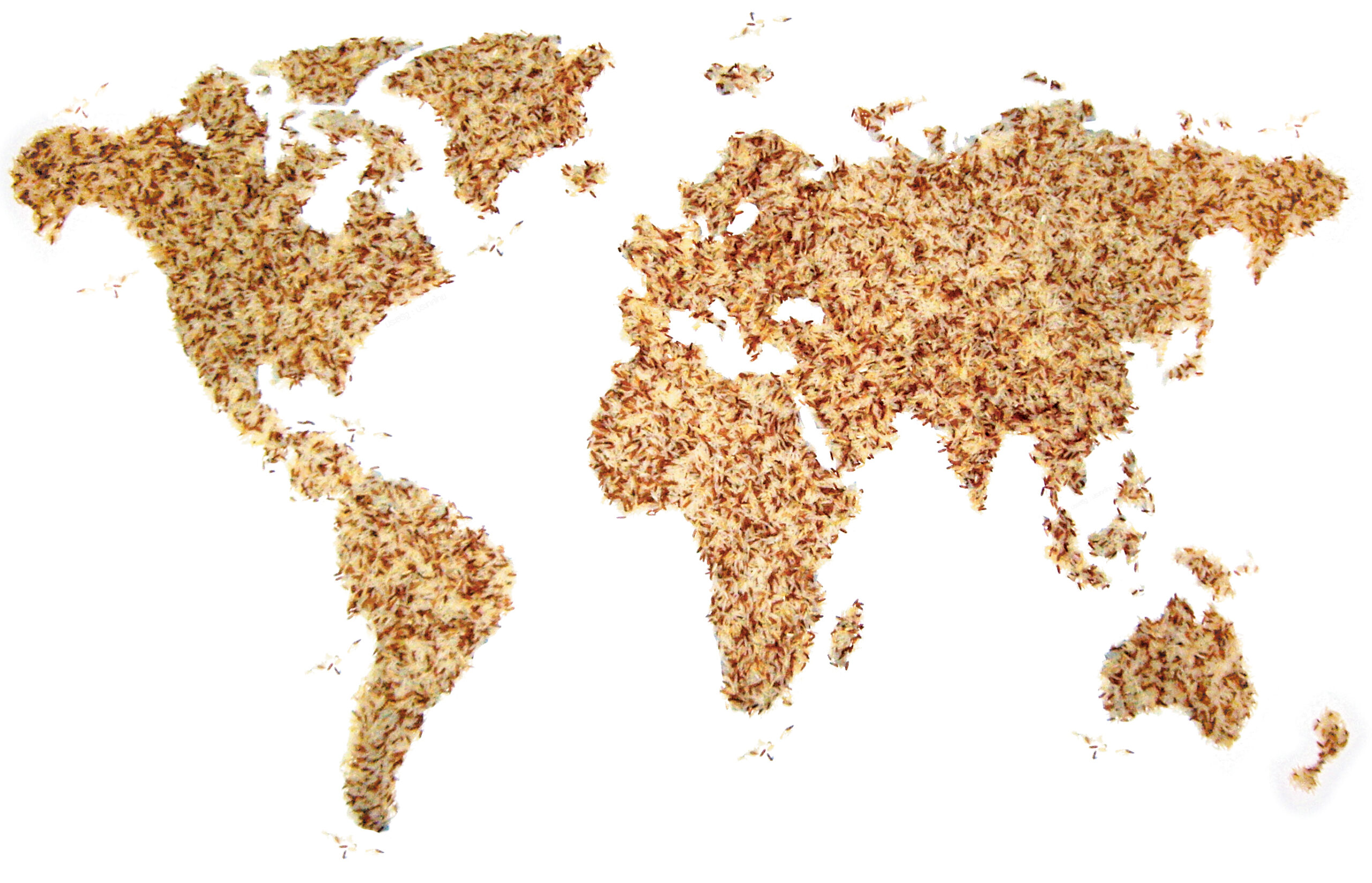Imagine sitting down to a meal with friends and family, enjoying the flavors and aromas of your favorite dishes. Now, consider how the food on your plate connects you to farmers across the globe, the policies of distant governments, and the health of our planet. Now that is a complex tapestry between food, geopolitics and environment which influences global stability, economic development, and ecological health. Understanding these interconnections is crucial for addressing the challenges of the 21st century.
Food as a Geopolitical Tool
Food has always been a fundamental human need, but its role extends far beyond mere sustenance. It is a powerful geopolitical tool that can shape international relations. Countries with abundant food resources often wield significant influence on the global stage. For instance, the United States, one of the world’s largest food exporters, uses its agricultural surplus as a means of diplomacy and economic leverage. Similarly, Russia and Ukraine, major wheat producers, have a substantial impact on global food security. The conflict between these nations has led to disruptions in wheat supply, affecting prices and availability worldwide.
Conversely, nations dependent on food imports are vulnerable to geopolitical shifts. The Middle East and North Africa, regions with limited arable land and water resources, rely heavily on imported food. Political instability or trade restrictions can lead to food shortages, exacerbating social unrest and migration crises. The Arab Spring, for example, was partly fueled by rising food prices and shortages, highlighting the intricate link between food security and political stability.
Environmental Impact of Food Production
The environmental footprint of food production is another critical aspect of this relationship. Agriculture is a major driver of deforestation, water scarcity, and greenhouse gas emissions. The expansion of agricultural land often comes at the expense of forests, which are vital carbon sinks. This deforestation contributes to climate change, creating a feedback loop that further threatens food production.
Water usage in agriculture is another pressing concern. Irrigation for crops accounts for about 70% of global freshwater withdrawals. In regions already facing water scarcity, such as parts of India and China, this can lead to severe environmental degradation and conflict over water resources. Moreover, the overuse of chemical fertilizers and pesticides contaminates water bodies, harming aquatic ecosystems and human health.
Climate change itself poses a significant threat to food security. The erstwhile cradle of civilization Fertile Crescent serves as a case in point. Extreme weather events, such as droughts, floods, and hurricanes, can devastate crops and disrupt food supply chains. Rising temperatures and changing precipitation patterns also affect crop yields and the suitability of land for agriculture. As a result, farmers must adapt to new conditions, often requiring significant investments in technology and infrastructure.
Sustainable Solutions and Global Cooperation
Addressing the intertwined challenges of food, geopolitics, and the environment requires a multifaceted approach. Sustainable agricultural practices, such as agroecology and regenerative farming, can help reduce the environmental impact of food production. These methods focus on maintaining soil health, conserving water, and enhancing biodiversity, ultimately leading to more resilient food systems.
International cooperation is also essential. Global initiatives like the Paris Agreement aim to mitigate climate change, while organizations such as the Food and Agriculture Organization (FAO) work to improve food security and promote sustainable agriculture. Trade policies that ensure fair and equitable access to food resources can help stabilize markets and reduce geopolitical tensions.
In conclusion, the relationship between food, geopolitics, and the environment is a dynamic and complex web that requires careful management and cooperation. By understanding and addressing these interconnections, we can work towards a more sustainable and equitable future for all.

